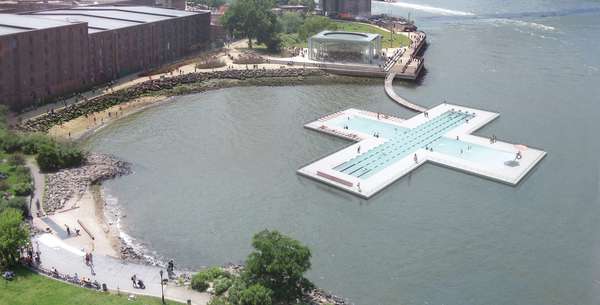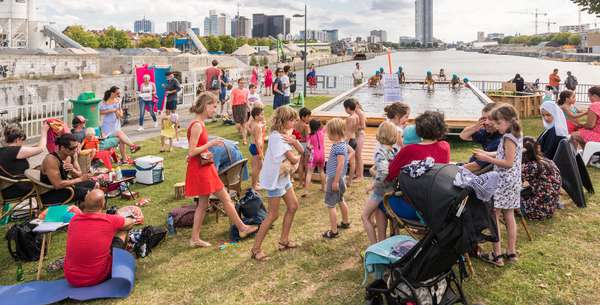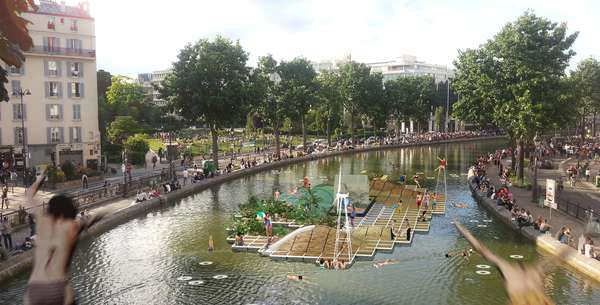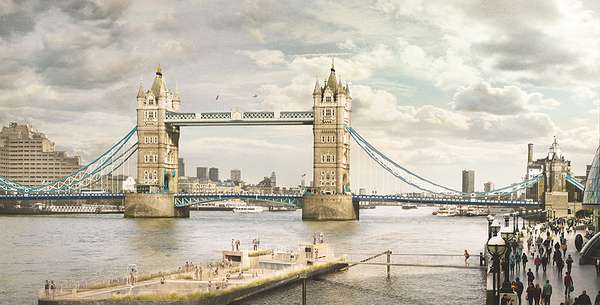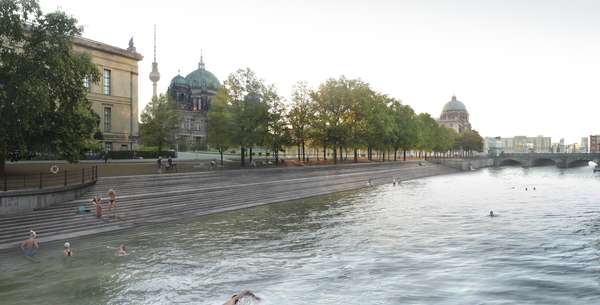Swim City
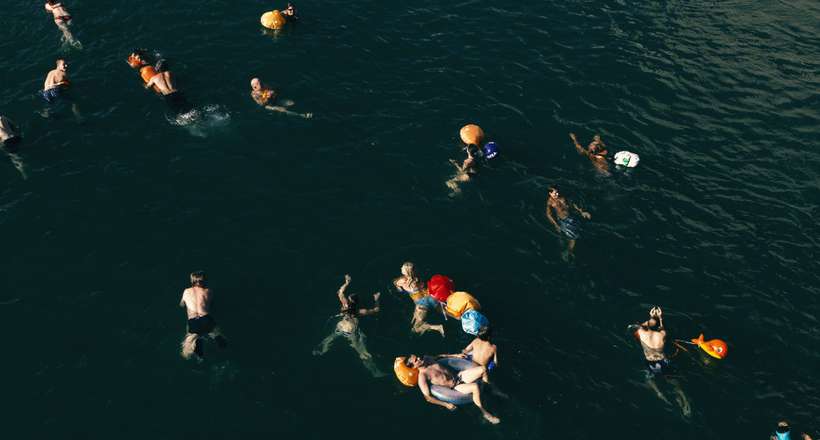
All over the world, people are rediscovering the rivers, harbors, and canals in their own cities as spaces for leisure and socialization. In cities such as London, New York, Melbourne, and Paris, young designers and activists are proposing daring interventions and staging actions in public space in a bid to reclaim urban waterways as spaces for people. Despite these efforts, however, the obstacles remain many: suboptimal water quality, inflexible regulations, unsympathetic government, a skeptical public.
With “SWIM CITY,” S AM Swiss Architecture Museum offers a critical contribution to this global development through the first large-scale exhibition focusing on urban swimming traditions in Switzerland. Over the last few decades, cities such as Basel, Bern, Zurich, and Geneva have successfully reclaimed the river as a natural and public resource within the built environment. Waterways once reserved for the industry are now used as everyday recreational areas, located steps from residents’ doors and solidly anchored in their daily lives. Nowhere does the idea of the “right to the city” find more meaningful expression than in these Swiss rivers: people taking a quick dip in the river during their lunch breaks or taking advantage of swift currents to swim to work are just as central to the image of the modern Swiss city as many a famous building. Yet what seems so natural and effortless today is, in fact, the result of a long history of consensus building – often initiated from the grassroots – among citizens, institutions, and government. By highlighting this history and outlining the mechanisms that allow for the flourishing of urban swimming in Switzerland today, the exhibition offers valuable lessons about the role played by urban waterways in improving quality of life in a sustainable manner. In addition to providing an overview of the Swiss river swimming scene, the exhibition also features a variety of emerging practitioners and initiatives from across Europe and beyond that are engaged in the reclamation of urban waterways for people. In doing so, the project aims to spark a larger exchange between Switzerland and positions abroad.
